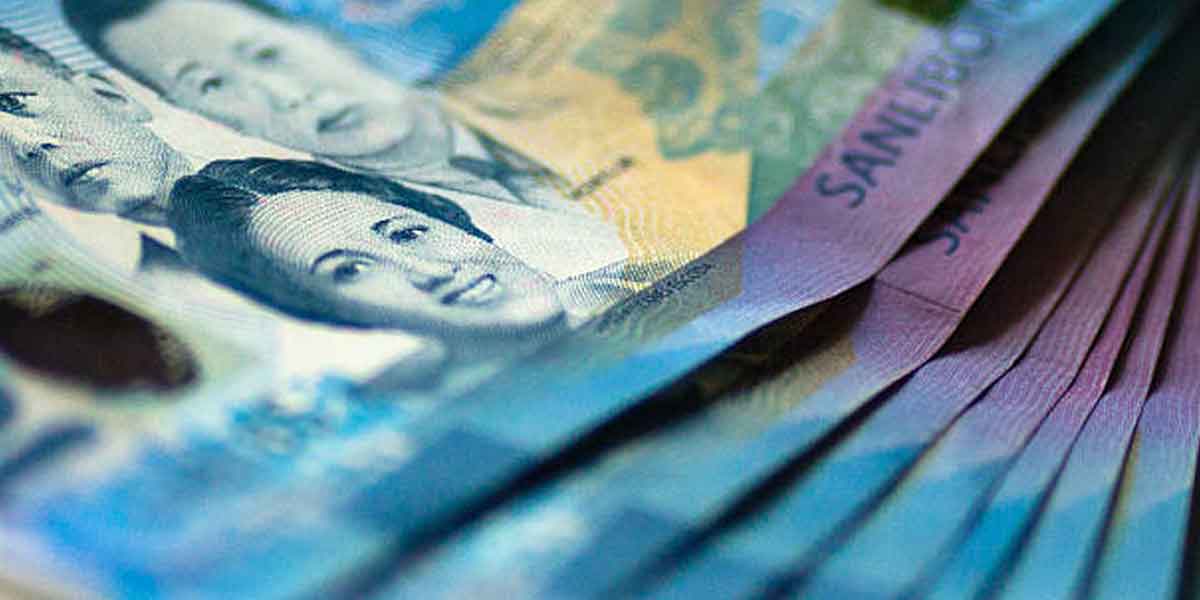 By Modesto P. Sa-onoy
By Modesto P. Sa-onoy
So now the Sugar Regulatory Administration had visited and observed the sugar industry in Thailand and released to the public what they had seen or heard there. What they revealed are no secrets or unknown to previous officials and technocrats of SRA or the many officials of planters’ associations in the Philippines who had gone to Thailand for the nth time to study our competitor.
That for years they had been going there and their observations not implemented in this country tell a sad story – they probably enjoyed the tour but did not learn from what they saw. Otherwise, the Philippine sugar industry would not be in its present predicament.
I had been there a few years ago and had written substantially about that trip. There is nothing extra-ordinary about the way Thailand manages its sugar industry. We had some of them before. It simply that the situation in the Philippines had deteriorated to the detriment of our industry, formerly the leading producer outside Australia and the United States. The reason: our industry leaders and the government did not make use of what we had and what they saw there.
Only one I believe took his lesson to heart and did something – former Rep. Albee Benitez who drafted the Sugar Industry Development Act of 2015. Yes, that same law that appropriated P2 billion annually to bring the industry into a state that it could compete with other countries. But the SRA failed to develop and implement plans for the industry even at that late point in time.
It is pathetic that SRA now say that they had observed this and that in Thailand like they were Washington Irving’s Rip van Winkle that woke up after 20 years of sleep and missed what happened during his slumber. Indeed, the SRA had missed the opportunities that were much better than what Thailand had since 1990.
Indifferentism, individualism, politics, and rivalry compounded by corruption and worsened by leftist and communistic policies have led our sugar industry into the present mess that would now require herculean effort as well as strong determination to remove the constrains if the industry were to rise from its present morass.
The primary issue is whether this country and its leadership both in government and the industry have the courage to take the bull by its horns, as it were, and reverse the course of its slide into insignificance in the country’s economic menu.
As it stands, the observations of SRA Administrator Hermenegildo Serafica will remain as they are, as in the past many observations of what could have been. In fact, I don’t see something on the horizon that will change the present course of decline considering Serafica’s reported statement that he is “not alarmed” by the decline in the sugar production in the country. This state of mind is already an indication that as far as he is concerned all things are, as the poem runs, “bright and wonderful.”
News reports, however, cited sugar planter and miller Steven Chan, saying that the country has insufficient sugar production due to domestic demand, imported sweeteners, and smuggled commodity. He said the consumption of sugar in the last three years reached 2.7 million MTs and that there is a need to import since “we are short in production and we cannot meet our domestic demand.” His conclusion: The production is not the issue. The real issue here is the consumption, and it is growing high.”
True, consumption is rising by the day, but production also declines by the year. Sadly, for the country and the industry, the SRA is not worried. This lethargic mind-set probably explains why the SRA failed to meet the expectations of the SIDA and the industry.
It is not the drought, and in fact, SRA sugar production statistics of the SRA showed that the decline started in 2017-2018 crop year and continued the following crop year. In the close of the crop year in 2017, raw sugar production was 2.238 million tons, and this declined the following year to 2.083 million tons and down further to 2.074 the next year. This crop year, as of December 2019 the output was only 502,714. It grew to 590,921 by January 5, 2020 but very low compared to 737,412 MTs for the same period last year.
Let’s continue tomorrow.





















